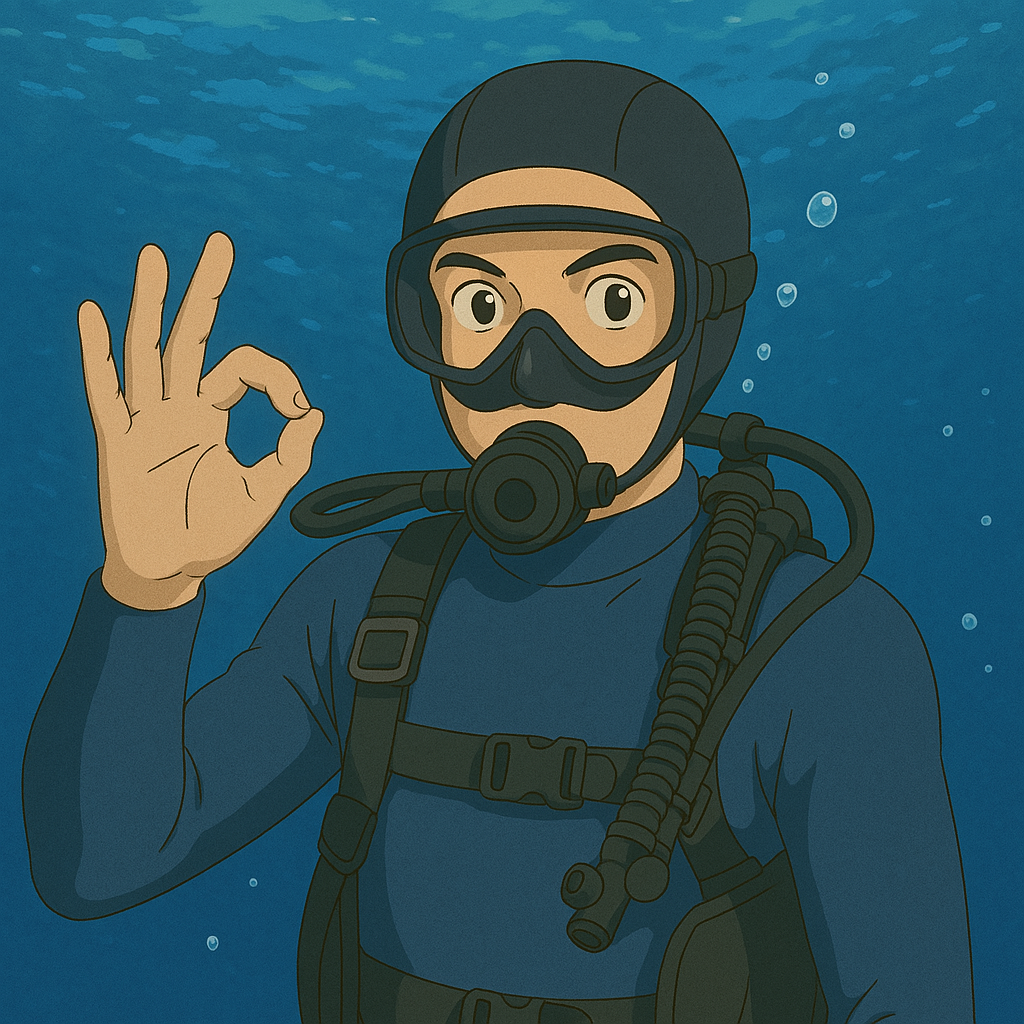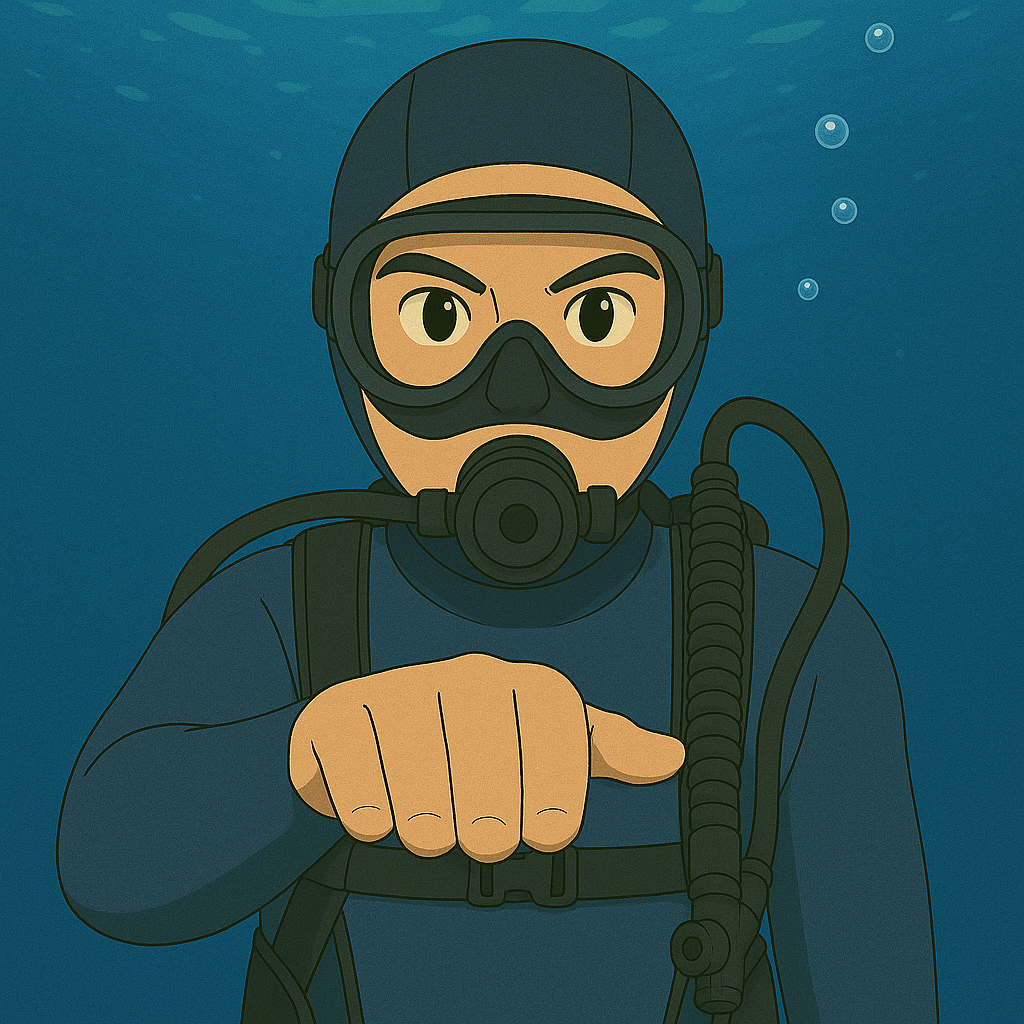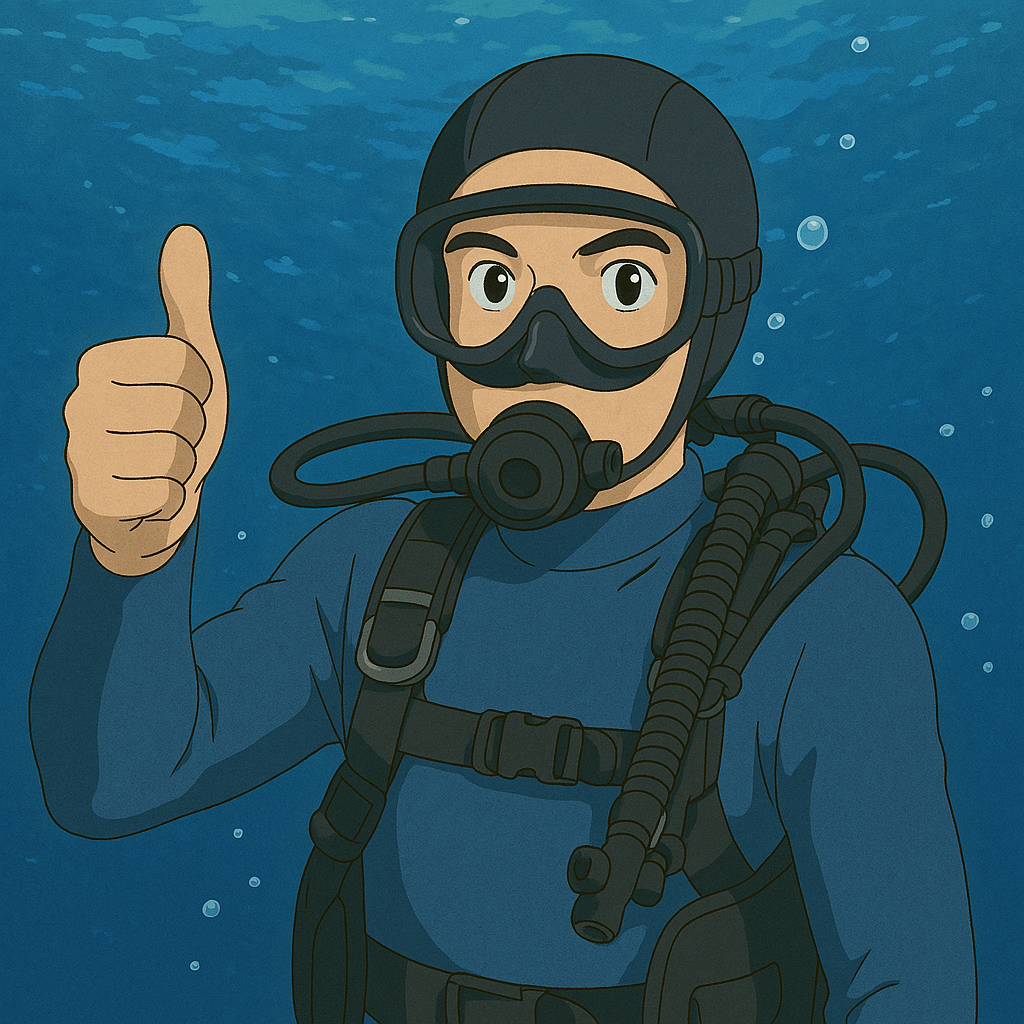The "Leucate plongée" dive center.
Our diving center has a reception area where you can sign in when you arrive. There's also a shower area where you can rinse off after your dive. Please note, however, that shower gel is not permitted.
A separate cloakroom is available. The men's area faces you as you enter the room, while the ladies' area is on your right at the back.
Once you've put on your swimsuit, you can go to the equipment room, where your instructor will give you a wetsuit and a pair of fins. Your mask will be given to you on the boat.
Equipping yourself for your initiation
When you receive your wetsuit, your instructor will tell you whether the zipper should be positioned on the front or the back.
Putting on a wetsuit starts with the feet. Make sure you open the zips at the ankles. Pull the wetsuit up over your legs, little by little. It's normal for the suit to feel sticky. Once the suit is pulled up to the waist, you can pull over the shoulders to check that the size provided fits you. Don't keep the suit on all the way to the waist, as you may get too hot.
To ensure that the fins supplied fit you, you need to slip them on like shoes. There are no left or right fins. With the ball of your foot on the ground, lift your heel. If the fin sticks to your heel, you're done! The fin is correctly adjusted. On the other hand, if the heel comes off or if you feel that your heel is not held in place, return to your instructor at the equipment area to have your fins replaced.
Presentation of your equipment.
At last, the diving suit. It consists of a cylinder, a regulator and a stabilizing vest. The cylinder contains compressed air, packed many times over. This is air, not oxygen. The bottle is filled with the air we all breathe, every day. The cylinder is attached to the vest. The regulator is attached to the cylinder and connected to the vest by a flexible hose.
The vest is used to maintain our underwater depth. It inflates with air injected via the hose, and deflates by activating purges. Can you hear the noise the vest makes as it inflates and deflates? This is completely normal, and you'll hear these noises during your underwater initiation. You don't have to touch the system that inflates or deflates your vest - your instructor will take care of that during your dive. Once you're in the water, your instructor will put the vest on your back.
The regulator is our underwater air supply. It consists of a mouthpiece and a canister. The mouthpiece is placed in the mouth. Anyone who has used a snorkel will recognize its shape. Once in the mouth, the teeth come to rest on the mouthpiece. The teeth are placed on the mouthpiece, not clamped. Your lips close around the mouthpiece to ensure a watertight seal. Once again, there's no need to force your lips closed - just let your body do it naturally.
When you have your regulator in your mouth after your instructor has finished equipping you, you must keep it there until the end of your dive. From then on, it will no longer be possible to talk to each other, so you'll need to adopt a communication protocol. Let's take a look at the signs we'll be using to talk to each other underwater.
Communication while diving
The first of these signs is as much a question as an answer: the famous “OK!” sign, "Are you OK?

What if something isn't “OK”? In this condition, we'll make the “ça ne va pas” sign by pointing to the element that's giving us trouble. This could be our fin(s), water in or mist on the mask, our ears, etc. We'll look at these things together when we talk about how we're going to behave. We'll look at these things together when we talk about how to behave underwater. In the meantime, remember this sign, which is made by putting your hand flat in front of you and rotating it.

During the dive, if you wish to ascend, you must make the following sign:

Let's go for the adventure.
You enter the water by climbing down the boat ladder with your wetsuit, mask and fins. Your instructor will be waiting for you in the water with your wetsuit. When you enter the water, it's normal to feel the water enter your wetsuit.
Your instructor will present the suit below you and finish outfitting you in the water. By taking your instructor's hands behind you, the suit fits like a backpack.
Once equipped and with regulator in mouth, we take time to breathe at the surface to get used to this new sensation.
As we descend, the water presses against our ears, just as it does when we sink to the bottom of a swimming pool. To avoid this, you need to pinch your nose while blowing through it, as if you were blowing your nose... quite simply. Your mask has a space where you can pinch your nose.
If your instructor doesn't see you pinching your nose, he'll remind you by making a pinch sign with his thumb and forefinger in front of you. At any time, if you feel discomfort, don't hesitate to make the “ça ne va pas” sign, pointing to the source of the discomfort. You don't need to go to the surface every time. If you feel discomfort in your ears, your instructor will bring you up by asking you to pinch your nose while blowing through it, as previously indicated.
During the dive, you don't need to palm. Try to keep your legs straight, slightly apart, to be as stable as possible.
At the end of the dive, your instructor will bring you to the surface to remove your diving suit, so that you'll be more comfortable getting back on the boat.